🕘 Updated March 2025 – Refreshed with the latest best practices for Teams Phone migrations.
When deploying Microsoft Teams Phone, one of the most important decisions is how you’ll connect voice services—whether through Direct Routing, Microsoft Calling Plans, or a mix of both. This blog focuses on a scalable, low-risk approach to Teams Phone deployment, regardless of the voice connectivity model you choose.
Choosing the Right Migration Path to Teams Phone
When transitioning to Microsoft Teams Phone System, organizations typically choose one of the following approaches:
- Slow and Steady – Gradual rollout over time
- Site-by-Site – Migrations by location for multi-site organizations
- Flash Cut (Big Bang) – All users migrated at once
While “slow and steady” offers caution, extended coexistence with legacy systems introduces inefficiencies. Flash cuts, although fast, carry higher risk—any misstep can undermine adoption and IT credibility.
eGroup’s Confidence-Building Methodology
At eGroup Enabling Technologies, we champion a confidence-building approach—beginning small and scaling with success. This phased strategy reduces risk while maintaining momentum.
1 – Proof of Concept
- 10–20 users
- Typically IT department or early adopters
- Used to test functionality and workflows
2 – Pilot
- 20–50 users, or 10–15% of total population
- Broader business representation
- Assesses adoption readiness and identifies potential friction
3 – Mass Migration Phase
Remaining users grouped in increasing batch sizes
Typical sequence:
- 100 users
- 200–300 users
- 500–1000 users
For large orgs: Repeat final batch size until migration is complete
- Pro Tip: Ideal batch size is based on help desk capacity. We recommend maxing at 1000 users per batch unless your support team can confidently handle more.
Flexibility with Sites and Batches
This approach works with both batch-based and site-based migrations:
- Combine small sites (e.g., 60 and 100 users) to hit optimal batch sizes
- Reserve large sites (500–1000 users) for later stages when team experience is higher
Special Considerations for Direct Routing & SBCs
For locations using Direct Routing with Session Border Controllers (SBCs):
- Migrate entire sites in one batch to simplify routing
- Avoid splitting SIP traffic across Teams and legacy systems
- Reduces complexity and frequency of SBC reconfiguration
Why It Works
- Scalable and repeatable
- Builds end-user trust
- Easier help desk support
- More predictable results with fewer surprises
Ready to Migrate to Microsoft Teams Phone?
eGroup’s Teams Phone Proof of Concept helps you validate your voice strategy with minimal risk.
- Test real-world scenarios with a select user group
- Determine the best approach: Direct Routing or Calling Plan
- Build confidence before full deployment
📅 Schedule a Teams Phone POC
Contact our voice experts to get started


